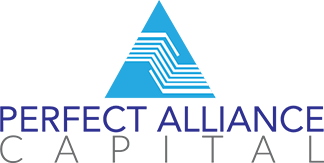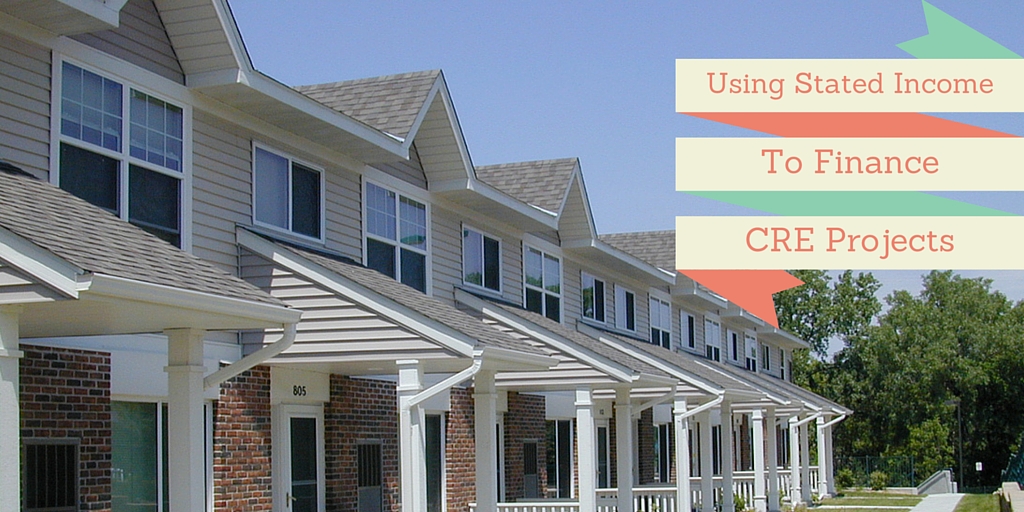Commercial real estate investors understand that when a potentially lucrative opportunity comes along, action needs to be taken. Unfortunately, the initial investment cost cannot always be covered with the amount of cash a CRE investor has on hand, leaving them to seek external funding. Applying for a traditional bank loan is frequently out of the question for time-sensitive opportunities, so many commercial real estate investors have been turning to stated income financing.
The drawbacks of traditional bank loans
Commercial real estate investors know that ever since the market crash of 2008, banks have started employing very restrictive lending policies. They require stellar credit ratings, and strong, steady financials in order to receive approval on a loan application. Even if the requirements are met, the entire loan process can take weeks, during which time-sensitive real estate investment opportunities can disappear.
How stated income financing works
Most commercial real estate investors do not receive revenue from any one source. They flip houses. They have tenants in various units. Banks do not take this into account when they look at loan applications. Giving context to the revenue sources, as well as the investment opportunities at hand, is what commercial finance specialists do when they structure a stated income agreement. A stated income financing agreement is based on exactly that – a commercial real estate investor’s statement of their income from various sources. The only paperwork that needs to be provided is the most recent tax return. From this statement of income, a commercial finance company can structure an agreement quickly to get CRE investors the funding they need. It should be noted that since the financing company is providing the funds on short notice, and since they are bearing most of the risk, the terms and rates are usually a bit higher than standard bank loans.
How to use stated income financing
Stated income financing is usually used for profitable time-sensitive projects. This can be anything from closing a deal to purchase property, getting a home prepared for listing, or renovating an existing structure so tenants can move in and start generating revenue. This type of financing is meant to be used as a viable alternative to the restrictive policies of bank loans, and should only be used on projects where revenue is generated after completion.
For CRE investors with many sources of income or staggered sales from flipping houses, stated income financing can provide the necessary funding for projects that would otherwise be inaccessbile when going through traditional channels.

